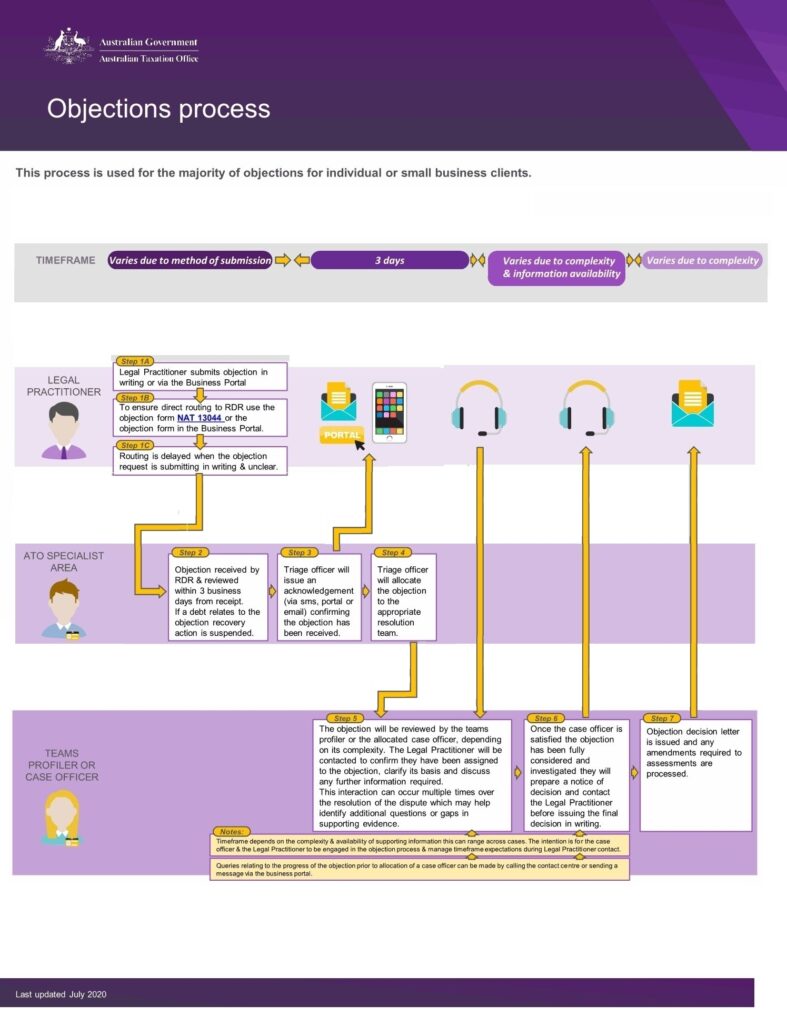
Advent of the state foreign person property surcharges
Foreign person surcharges have applied on New South Wales, Victoria, Queensland, Tasmania, Western Australia and Australian Capital Territory property taxes following Commonwealth action to have the Foreign Investment Review Board more closely monitor the acquisition and holding of Australian real estate by foreign interests: see our July 2016 blog post:
Australia is now tracking & surcharging foreign buyers of land
NSW surcharges and current rates
In NSW, surcharges imposed since 2016 are:
(a) a surcharge purchaser duty (currently 8% of the market value of the property) on the acquisition of residential property in NSW (Chapter 2A of the Duties Act (NSW) 1997 [DA]); and
(b) a surcharge land tax (currently 2% of the unimproved value of the land) for residential property in NSW owned as at 31 December each year (section 5A of the Land Tax Act (NSW) 1956).
(Surcharges)
The foreign trusts that aren’t foreign problem
Discretionary trusts with all or predominantly Australian participants and entitled beneficiaries can nevertheless be caught as foreign trusts that must pay the Surcharges. Liability for the Surcharges is based or grounded on sub-section 18(3) of the Foreign Acquisitions and Takeovers Act (C’th) 1975 (FATA): Sub-section 18(3) provides:
For the purposes of this Act, if, under the terms of a trust, a trustee has a power or discretion to distribute the income or property of the trust to one or more beneficiaries, each beneficiary is taken to hold a beneficial interest in the maximum percentage of income or property of the trust that the trustee may distribute to that beneficiary.
sub-section 18(3) of the Foreign Acquisitions and Takeovers Act (C’th) 1975
If the income or property (capital) that could be distributed to a foreign beneficiary of a trust is 20% or more of income in a year or property of the trust, the trust is foreign for FATA and Surcharge purposes. An ameliorating aspect of the Surcharges legislation is that:
- Australian citizens who are non-residents of Australia; and
- some New Zealand citizens with certain Australian visas;
who are foreign persons under the wide sweep of sub-section 18(3) of the FATA are excluded from being foreign persons for NSW Surcharges purposes: see sub-section 104J(2) of the DA.
The lengthy transition
Even for those not averse to the idea that foreign individual and foreign trust investors should pay higher property dues the implementation of the Surcharges in NSW has been agonising. Even now, in 2020, four years after liabilities for Surcharges were first imposed under the DA and the LTA the State Revenue Legislation Further Amendment Act (NSW) 2020 (“SRLFAA”) is still needed to phase in the Surcharges, and transitional relief from them, as they apply to trusts.
As well as imposing the wide sweep of what the FATA treats as foreign, the SRLFAA:
- imposes impugnable trust deed requirements on discretionary trusts (see below); and
- extends transitional arrangements that were set to end on earlier dates in versions of Revenue Ruling G010 from Revenue NSW and the State Revenue Legislation Further Amendment Bill (NSW) 2019.
Trust deed requirements on discretionary trusts
Where a trust is a discretionary trust for Surcharge purposes then the SRLFAA requires that the terms of the trust must be amended by 31 December 2020 so:
(a) no potential beneficiary of the trust is or can be a foreign person [the no foreign beneficiary requirement]; and
(b) the terms of the trust cannot be amended in a manner so a foreign person could become a beneficiary [the no amendment requirement];
and then only does the discretionary trust, even a discretionary trust that:
- has no foreign participants or beneficiaries; and
- thus is not foreign after the FATA wide sweep and sub-section 104J(2) of the DA are considered;
(a Local DT) escape treatment as a foreign trust for Surcharge purposes.
Why the no amendment requirement?
The object of the no amendment requirement is to impose the Surcharges based on the contingency or possibility only that a Local DT may come to have a foreign beneficiary in the future. The position of Revenue NSW is understood to be that Revenue NSW does not have the compliance resources to monitor Local DTs for foreign beneficiaries into the future on an ongoing basis.
Although nearly all discretionary trust deeds contain some kind of variation power, a design fault of such resource-saving requirements viz.:
- the “irrevocable” requirement of Revenue NSW in paragraph 6 of Revenue Ruling DUT 037 concerning sub-section 54(3) of the DA concerning concessional duty on changes of trustee; and
- the no amendment requirement now in the SRLFAA;
is that the variation power in many or most trust deeds of trusts in NSW may not permit modification of the variation power to satisfy either of these requirements.
Changing the scope or amending the terms of a trust amendment power
In Jenkins v. Ellett, Douglas J. of the Queensland Supreme Court stated the relevant law and learning about changing the variation power in a trust deed:
[15] The scope of powers of amendment of a trust deed is discussed in an illuminating fashion in Thomas on Powers (1st ed., 1998) at pp. 585-586, paras 14-31 to 14-32 in these terms:
“In all cases, the scope of the relevant power is determined by the construction of the words in which it is couched, in accordance with the surrounding context and also of such extrinsic evidence (if any) as may be properly admissible. A power of amendment or variation in a trust instrument ought not to be construed in a narrow or unreal way. It will have been created in order to provide flexibility, whether in relation to specific matters or more generally. Such a power ought, therefore, to be construed liberally so as to permit any amendment which is not prohibited by an express direction to the contrary or by some necessary implication, provided always that any such amendment does not derogate from the fundamental purposes for which the power was created ….It does not follow, of course, that the power of amendment itself can be amended in this way. Indeed, it is probably the case that there is an implied (albeit rebuttable) presumption, in the absence of an express direction to that effect, that a power of amendment (like any other kind of power) cannot be used to extend its own scope or amend its own terms. Moreover, a power of amendment is not likely to be held to extend to varying the trust in a way which would destroy its ‘substratum’. The underlying purpose for the furtherance of which the power was initially created or conferred will obviously be paramount.”
Jenkins v. Ellett [2007] QSC 154
In our experience a small minority of trusts in NSW have a variation power which expressly permits extension of its own scope or amendment of its own terms. That kind of extended power can raise its own set of difficulties which explains why these extended variation powers are not especially popular. It follows, as stated, that a substantial number of variations of the terms of discretionary trust deeds which the no amendment requirement imposes are prone, or likely, to be beyond the power conferred by the variation power of the trust and thus ineffective on a trust by trust reckoning.
discretionary trust for Surcharges purposes
In section 1 in the dictionary of the DA a discretionary trust is defined for DA and Surcharges purposes:
“discretionary trust” means a trust under which the vesting of the whole or any part of the capital of the trust estate, or the whole or any part of the income from that capital, or both–
section 1 of the dictionary of the Duties Act (NSW) 1997
(a) is required to be determined by a person either in respect of the identity of the beneficiaries, or the quantum of interest to be taken, or both, or
(b) will occur if a discretion conferred under the trust is not exercised, or
(c) has occurred but under which the whole or any part of that capital or the whole or any part of that income, or both, will be divested from the person or persons in whom it is vested if a discretion conferred under the trust is exercised.
More time to check for unexpected foreign trust treatment
With time extended to 31 December 2020 by the SRLFAA to amend trust deeds so a discretionary trust won’t be treated as a foreign person it is timely during the remainder of 2020 to also check the terms of residential land holding trusts that may not ordinarily be thought of as a discretionary trust.
A trust, including a unit trust, that contains powers in its terms which:
- allow for a beneficiary to be selected by someone to take income or capital;
- allow for the amount of income or capital a beneficiary is to take to be set by someone;
- which can change the income or capital a beneficiary will take if the discretion is not exercised; or
- which can divest a beneficiary of an interest in income or capital which they otherwise would take;
that brings the trust within a discretionary trust in section 1 of the dictionary of the DA needs to meet the no foreign beneficiary requirement and the no amendment requirement in the SRLFAA.
Hybrid trusts and other unit trusts
This definition brings in trusts known as hybrid trusts within this construct of discretionary trust. Shortly stated a hybrid trust is a tax aggressive structure where unit or interest holders have standing vested interests in income or capital of the trust but where, usually, the trustee has a supervening power or powers to divest those interests in income, capital or both in favour of other beneficiaries such as family or related companies or trusts controlled by the unit or interest holder with the standing interest.
Other unit trust arrangements can be treated as a DA discretionary trust even where the discretion is historical, redundant and income tax benign. For instance an older style standard unit trust may be set up by way of initial units and the trustee may be given a discretion in the trust deed not to distribute income or capital to initial unitholders once ordinary units in the trust are issued.
This discretion in the terms of a trust is enough for the unit trust to be treated as a discretionary trust so it would be prudent for the terms of the unit trust to be amended to remove the discretion if that can be done:
- without resettling the trust; and
- less onerously than amending the trust deed to comply with the no foreign beneficiary requirement and the no amendment requirement.









 In the recent case of Pike v Commissioner of Taxation [2019] FCA 2185 Federal Court judge Logan J. noted:
In the recent case of Pike v Commissioner of Taxation [2019] FCA 2185 Federal Court judge Logan J. noted: